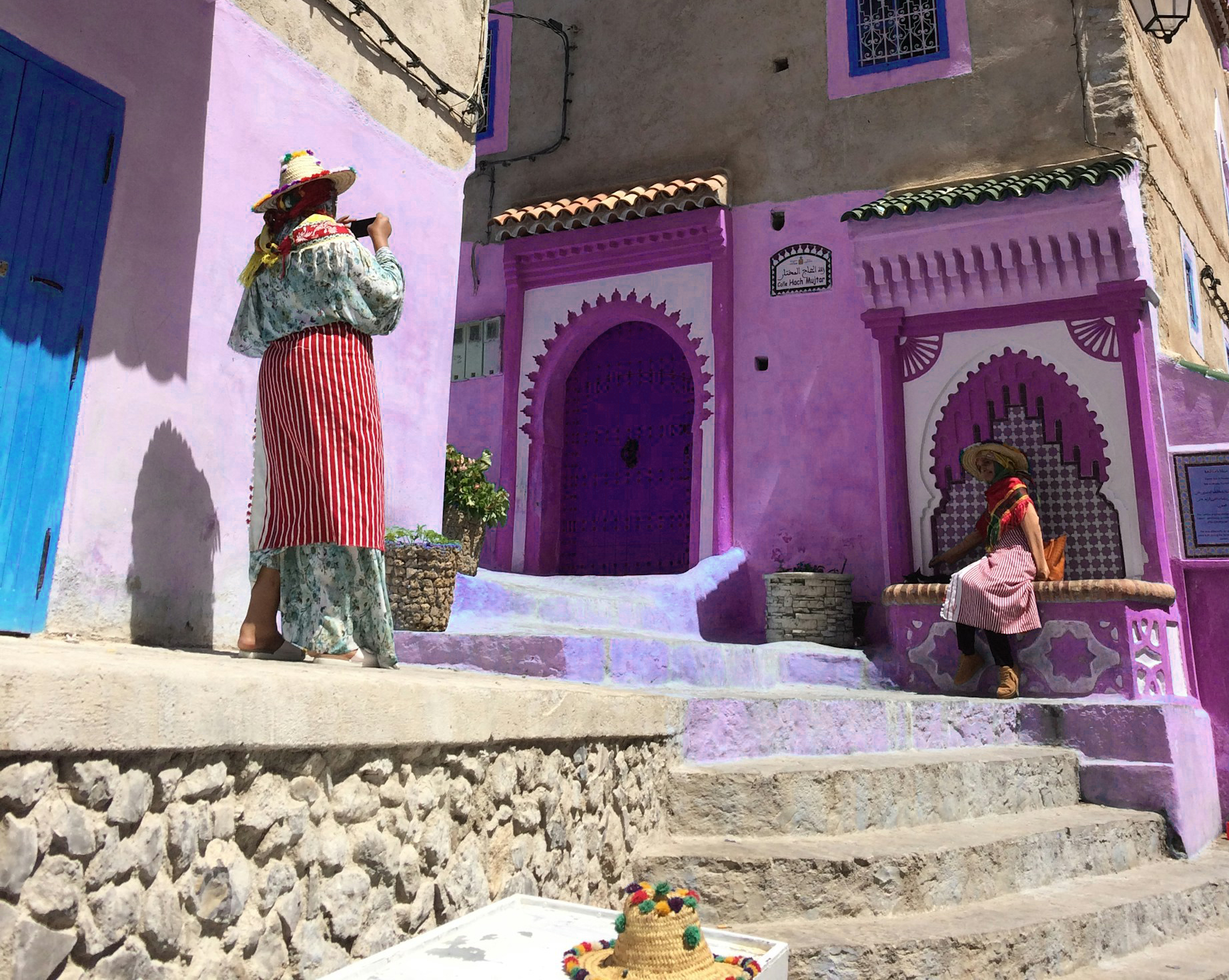Why Cultural Representation Matters in Fashion: Beyond Aesthetics
Fashion is more than just clothing; it’s a powerful form of self-expression and storytelling. When you choose to wear something that reflects your cultural heritage, you’re not just making a style statement—you’re sharing a piece of who you are with the world. Cultural representation in fashion goes beyond aesthetics; it’s about embracing identity, honoring traditions, and celebrating the diversity that makes our world so rich and vibrant. Let’s dive into why this matters and how it shapes the way we see fashion today.
Fashion as a Medium for Cultural Storytelling
Have you ever put on a piece of clothing that made you feel instantly connected to your roots? Whether it’s a vibrant embroidered dress or a handcrafted hat adorned with traditional symbols, these items carry stories that have been passed down through generations. When you wear them, you become a part of that narrative, sharing your culture’s history and values in a way that words simply can’t.
Cultural storytelling through fashion isn’t just about preserving the past, though that’s certainly an important part of it. It’s also about bringing those stories into the present, allowing them to evolve and adapt while still holding onto their core meanings. When designers incorporate cultural elements into their work, they’re not just creating beautiful pieces; they’re continuing a dialogue that has been ongoing for centuries. This is how traditions remain alive, relevant, and accessible to new generations.
For you, this means that every time you choose to wear something that reflects your heritage, you’re not only honoring your ancestors but also contributing to the living tapestry of cultural expression. You’re saying, “This is who I am, and this is the story I want to tell.”
Empowering Communities Through Representation
When fashion accurately represents diverse cultures, it does more than just look good—it empowers entire communities. For artisans and designers who draw from their cultural heritage, fashion becomes a platform for showcasing their skills and sharing their stories with a wider audience. This can lead to greater visibility and opportunities, both for the creators and the communities they represent.
For example, when you buy a handcrafted hat made by an artisan from a Latinx community, you’re not just purchasing a stylish accessory. You’re supporting a craft that has been passed down through generations, providing economic opportunities, and helping to keep that tradition alive. This kind of support is crucial for communities that might otherwise struggle to preserve their cultural practices in a rapidly globalizing world.
Moreover, when these cultural elements are showcased in mainstream fashion, they challenge stereotypes and broaden the public’s understanding of what beauty and style can be. This not only fosters a more inclusive fashion industry but also encourages people from all backgrounds to take pride in their heritage. As someone who values cultural authenticity, you can play a role in this movement by consciously choosing pieces that represent and respect the cultures they come from.
Breaking Down Barriers and Fostering Understanding
In a world where cultural appropriation is a hot topic, it’s important to distinguish between appropriation and appreciation. Cultural representation in fashion, when done respectfully and thoughtfully, can be a powerful tool for fostering understanding and breaking down barriers. It allows different cultures to share their beauty and significance with one another, leading to greater mutual respect and appreciation.
By wearing fashion that authentically represents a culture—whether it’s your own or one you admire—you’re helping to create a bridge between communities. This kind of cultural exchange can lead to meaningful conversations and connections, opening the door to learning and mutual respect. It’s a way of saying, “I see you, I value your culture, and I want to understand it better.”
However, it’s essential to approach this with sensitivity. When you choose to wear something from a culture that isn’t your own, it’s important to do so with respect for its meaning and significance. This might mean taking the time to learn about the history behind a particular style or ensuring that the item was made by artisans from that culture. By doing this, you contribute to a more respectful and inclusive world.
The Future of Fashion: A Blend of Tradition and Innovation
As fashion continues to evolve, the blending of tradition and innovation becomes increasingly important. Designers today are finding new ways to honor cultural heritage while also pushing the boundaries of what’s possible in fashion. This means that you, as a fashion enthusiast, have the opportunity to wear pieces that are not only beautiful and meaningful but also forward-thinking and contemporary.
For instance, a handcrafted decorative hat might combine traditional weaving techniques with modern materials or incorporate cultural symbols in a fresh, unexpected way. This fusion of old and new creates pieces that are truly unique, allowing you to express your personal style while also connecting with something deeper.
The future of fashion lies in this balance between honoring the past and embracing the present. As more designers and consumers alike recognize the value of cultural representation, we can look forward to a fashion industry that is more diverse, inclusive, and respectful of the rich tapestry of global cultures. And as someone who appreciates the power of fashion to tell a story, you’ll be at the forefront of this exciting evolution.
Conclusion: Fashion as a Force for Good
Cultural representation in fashion isn’t just about looking good—it’s about doing good. By choosing to wear pieces that honor and respect cultural heritage, you’re playing a part in preserving traditions, empowering communities, and fostering greater understanding in the world. It’s a choice that goes beyond aesthetics, tapping into the very heart of what makes fashion such a powerful form of self-expression. So the next time you put on a handcrafted hat or any other culturally significant piece, know that you’re wearing more than just an accessory—you’re wearing a story, a tradition, and a piece of history.

